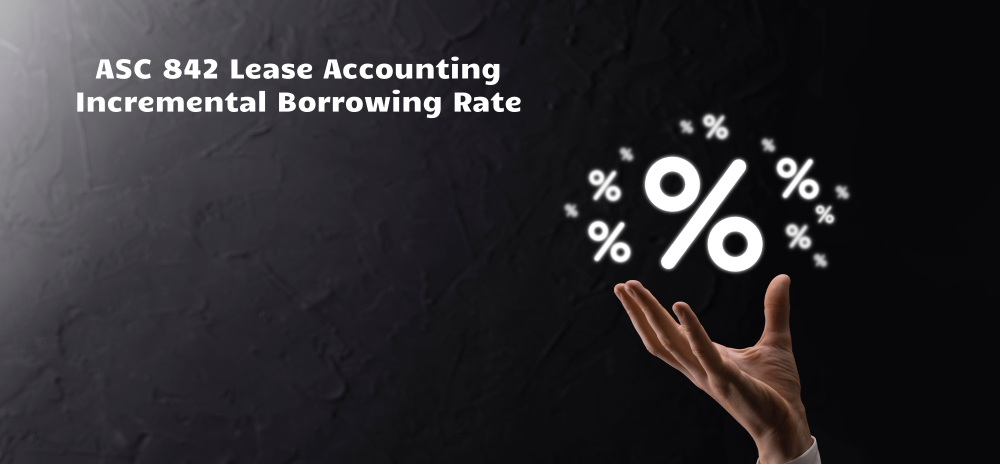Strategies for Minimizing Tax Exposure with IBR Under ASC 842

Incremental Borrowing Rate
The introduction of the ASC 842 lease
accounting standard has undeniably ushered in a new era of transparency and rigor in how companies account for their
lease obligations. Among the various nuances of this standard, one term that has gained notable prominence is the
Incremental Borrowing Rate (IBR). But how does the IBR intertwine with a company's tax exposure? Let's unravel this
intricate relationship.
Understanding Incremental Borrowing Rate (IBR):
In its
essence,
the IBR represents the interest rate that a lessee would have to pay to borrow, over a similar term and with similar
collateral, the funds necessary to obtain an asset of a similar value to the right-of-use asset in a lease. In
simpler
terms, think of it as the rate you'd get if you were borrowing funds to purchase the asset you're
leasing.
Why is IBR Significant in ASC 842?
ASC 842 mandates that lessees recognize a
right-of-use asset and a lease liability on the balance sheet for almost all lease contracts. The lease liability,
in
particular, is calculated as the present value of future lease payments, discounted using the rate implicit in the
lease
or, if that rate cannot be readily determined, the company's IBR.
The Interplay between IBR and Tax
Exposure:
- Direct Impact on Lease Liability: A higher IBR will discount future lease payments more aggressively, leading to a lower present value of the lease liability. Conversely, a lower IBR will result in a higher liability. This directly influences the company's balance sheet, affecting financial ratios that stakeholders scrutinize.
- Amortization of Interest: Over the lease term, part of the lease expense recognized in the income statement relates to the interest on the lease liability. A precise IBR ensures that this interest expense is accurately depicted, which can be a deductible expense for tax purposes in many jurisdictions.
- Alignment with Corporate Financing Rates: By ensuring that the IBR closely mirrors the company's actual borrowing rate, CFOs and financial teams can present a more accurate picture of the company's financial obligations. This alignment can play a pivotal role during audits and ensures that tax calculations are based on genuine, defensible financial metrics.
- Optimization of Tax Deductions: In many tax jurisdictions, interest expenses, including those stemming from lease liabilities, are tax-deductible. By effectively utilizing an accurate IBR, companies can maximize these deductions, leading to optimized tax exposure.
Crafting an Effective IBR Strategy:
- Regular Updates: Given that the IBR is influenced by factors like market interest rates, credit ratings, and economic conditions, it's vital to revisit and update it regularly.
- Engage External Experts: Collaborate with financial advisors and auditors to ensure that the IBR determination process is robust, transparent, and defensible.
- Document Assumptions: Establish a clear documentation process that captures the rationale, assumptions, and methodologies used to determine the IBR. This is invaluable during financial reviews, audits, and tax assessments.
The introduction of ASC 842 has magnified the significance of the Incremental Borrowing Rate, making it a focal point in lease accounting. For companies looking to optimize their tax exposure, a nuanced understanding and strategic management of IBR can prove to be a valuable asset. By ensuring that the IBR genuinely reflects a company's financial realities and leveraging it effectively, CFOs can navigate the maze of lease accounting with precision and foresight.



